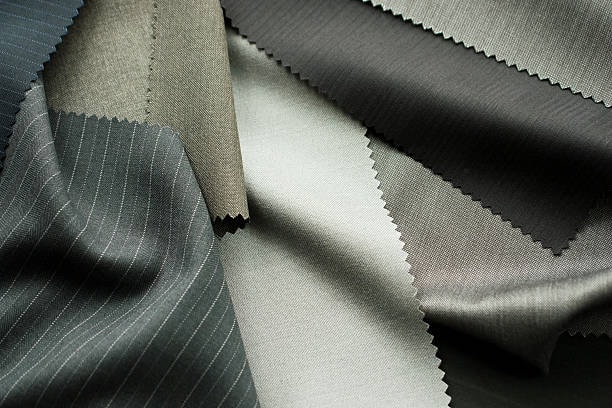
You can find viscose fabric in both stylish evening gowns and everyday regular clothing. People commonly use viscose fabric in the fashion world and textiles, but they want to know its actual structure and reasons for popularity.
This guide delves into all the necessary information regarding viscose fabric. The article provides an unbiased perspective on viscose fabric that benefits fashion students, textile experts, people who care about environmental impact, and curious consumers regarding fabric tags.
What Is Viscose?
You can find viscose fabric which materializes from natural wood pulp through chemical processing in your clothes. Viscose belongs to the rayon fabric family of fibers that also contains cellulose fibers, such as modal and lyocell.
Viscose rayon fabric exists as “artificial silk” and demonstrates a smooth touch and shiny sheen along with a stylish draping quality. Viscose possesses characteristics that make it highly desirable for creating elegant items of clothing and home textiles.
Is It Natural or Synthetic Fiber?
The answer is both and neither. Natural cellulose originates as the starting material before manufacturers subject it to an industrial chemical additive treatment, which results in fabric production.
The chemical treatment process produces viscose into a regenerated fiber, which exists between completely natural fabrics and completely synthetic fibers like polyester.
What Is Viscose Made From?
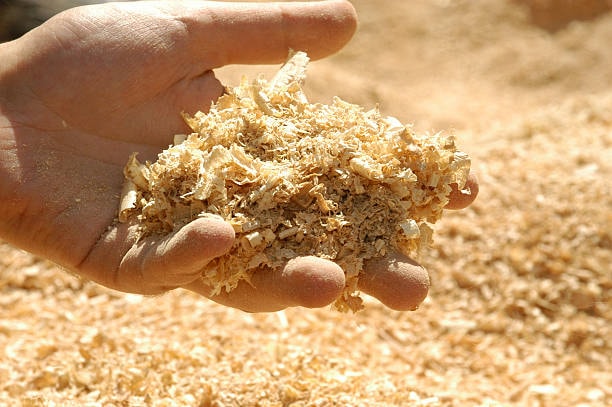
The initial substance of viscose rayon fabric is derived from cellulose, with wood pulp as its primary source. Cellulose fiber undergoes chemical processing, which results in the formation of threads from the natural fabric.
How It’s Made
To create viscose fabric, producers must follow multiple successive stages:
Harvesting the wood: The wood pulp collection process results in the production of small wood pieces from the trees.
Extracting the cellulose: A process extracts cellulose from wood chips by treating them to remove their natural components, especially lignin, which leaves pure cellulose as the only remaining substance.
Chemical conversion: The cellulose substance undergoes chemical conversion through sodium hydroxide (caustic soda) processing, which produces “alkali cellulose” as a result.
Aging and xanthation: Slowing down the viscose material with aging allows it to react with carbon disulfide to create cellulose xanthate.
Dissolving: The xanthate requires solution in a caustic solution to create a viscous liquid, which results in the “viscose” name.
Spinning into fibers: The liquid flows through tiny opening spinnerets into an acidic solution, which transforms it into several fiber strands.
Washing and drying: The fibers undergo thorough washing processes followed by stretching as they are wound into yarns or threads.
Soft, smooth fabric results after weaving or knitting textiles from the produced fiber.
Characteristics of Viscose Fabric
Consumers choose viscose rayon fabric for its how it looks and feels, combined with its wide variety of uses and usefulness. Here are its main characteristics:
1. Softness
Viscose material stands out for its extreme softness, which makes it popular as an inexpensive replacement for artificial silk. The silk-like smooth touch of viscose fabric creates a premium sensation on the skin, making it ideal to wear against the body.
2. Breathability
The good material quality of viscose fiber surpasses synthetic fabrics because it effectively lets air pass through the fabric while absorbing moisture. Because viscose fabric supports free airflow, it lets air through and absorbs sweat for comfort and reduces body heat. People prefer viscose fabric for summer outfits and everyday wear alongside activewear because of its breathability features.
3. Drape and Movement
Because of its graceful hang and physical properties, viscose works best in clothing such as dresses along with skirts and blouses, and scarves. The fabric exhibits an attractive shape as it glides with natural body movements to create elegant outfit silhouettes.
4. Vivid Colors
Fabric made from viscose allows for excellent dye absorption that produces intensely vibrant colors. Printed textiles, along with colorful apparel, choose Viscose as their preferred material because of its exceptional color retention capability.
Common Uses of Viscose
Viscose exists in various products across the market spectrum because of its flexibility.
Fashion: Dresses, tops, blouses, trousers, skirts, scarves, and more
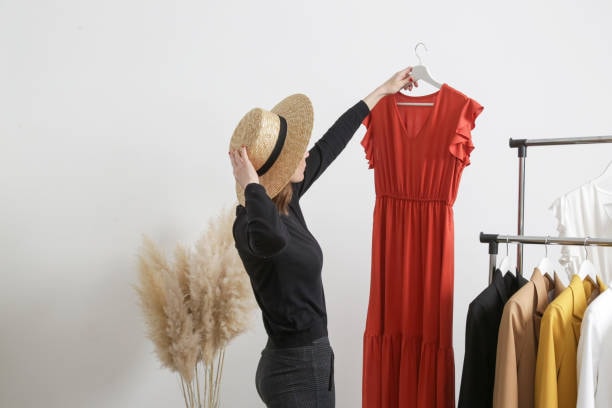
Home Textile Industry: Curtains, upholstery, pillowcases, and bed sheets
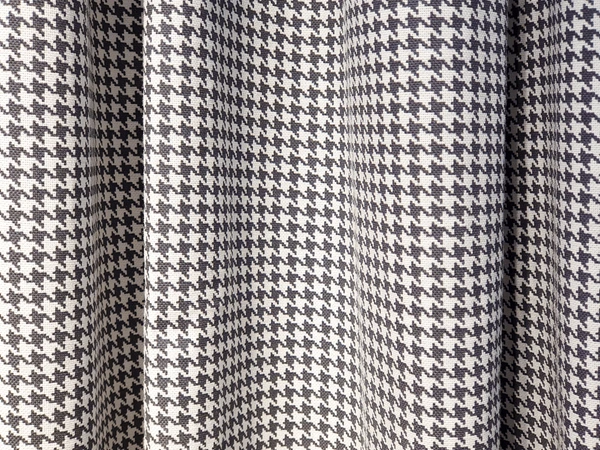
Linings: For jackets and dresses, thanks to its silk-like touch

Blends: Often combined with cotton, wool, or spandex for added functionality
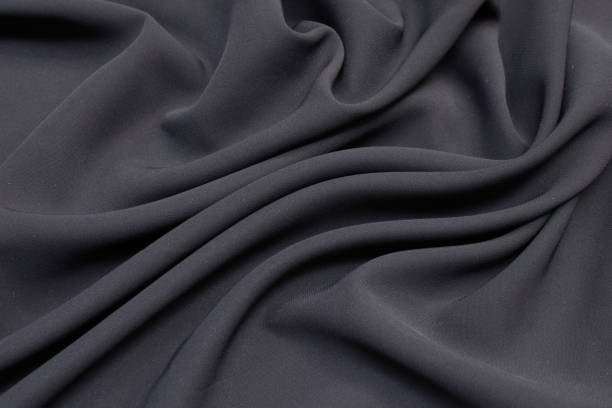
Luxury Alternatives: Used in designer collections as a cost-effective artificial silk alternative
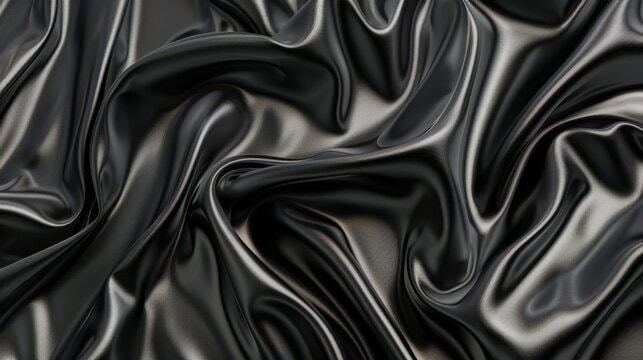
In short, viscose is everywhere. The combination of lowered costs and good performance qualities makes viscose essential for brands to use as a manufacturing material.
Pros and Cons of Viscose Fabric
The advantages alongside disadvantages of viscose rayon fabric will assist you in selecting its most suitable applications while enabling you to maintain its condition properly.
Pros
Soft and silky – Comfortable and gentle on the skin
Affordable – Offers a luxurious feel without the high cost
Breathable fabric and lightweight – Great for warm climates
Excellent drape – Ideal for stylish, flowing garments
Color rich – Accepts dyes well for vibrant prints
Cons
Wrinkles easily – Needs steaming or ironing
Weak when wet – Becomes more fragile after washing
Can shrink – If not cared for properly
Environmental concerns – Due to the chemical-intensive production process
Is Viscose Sustainable?
The interpretations of sustainable viscose rayon begin to become complex at this point.
Environmental Concerns
The viscose manufacturing sites require toxic elements, including carbon disulfide. Industrial manufacturing of commercial viscose rayon fibers results in compounds that pose dangers to human workers along with environmental systems.
The wood pulp production process creates environmental issues because deforestation happens when forest management is uncontrolled.
Eco-Friendly Advances
Several viscose manufacturers have introduced closed-loop systems that recycle production toxic chemicals to decrease industrial waste. Brands like Lenzing™ produce viscose under stricter environmental controls.
Certifications to Look For
FSC (Forest Stewardship Council) – Ensures wood pulp is sustainably sourced
OEKO-TEX® – Indicates minimal harmful substances
Lenzing™ ECOVERO™ – A cleaner viscose with a lower footprint
How to Care for Viscose Clothing
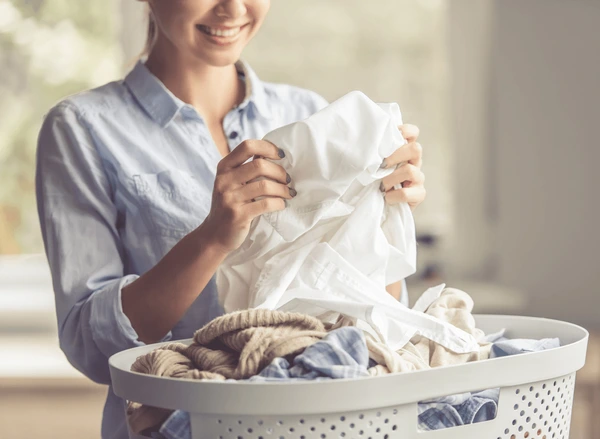
Viscose performs well for a long period when you take proper care of it. Here are some best practices:
Washing
Hand wash in cold water for best results
Use pH-neutral mild detergent
Avoid twisting or wringing—gently press out water
If using a machine, select a gentle cycle and put the garment in a mesh laundry bag.
Drying
Lay flat to dry to avoid stretching or misshaping
Do not tumble dry—it can damage the fibers
Ironing
Use a low to medium heat setting.
Iron while the garment is slightly damp for best results
Always check the label first.
Proper care keeps viscose soft, smooth, and long-lasting.
Viscose vs Other Fabrics
To better understand viscose, let’s compare it to some standard fabrics:
| Fabric | Feel | Breathability | Sustainability | Care Difficulty |
|---|---|---|---|---|
| Viscose | Soft, silky | High | Medium (varies) | Moderate |
| Rayon | Similar to viscose | High | Medium | Moderate |
| Cotton | Soft, breathable | High | High (organic best) | Easy |
| Polyester | Smooth, synthetic | Low | Low | Easy |
Viscose fabric combines well with performance and cost savings, though it demands more protection than synthetic fibers.
Final Thoughts: Is Viscose Right for You?
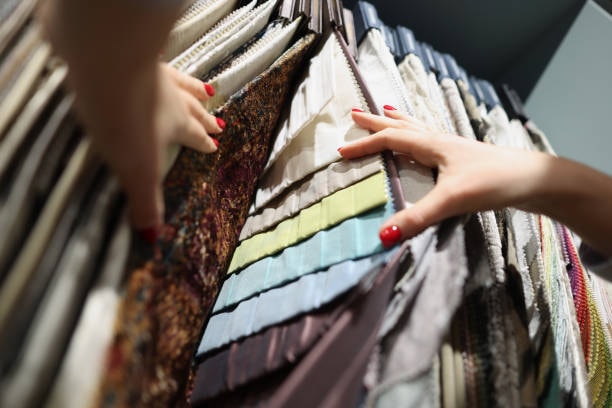
It suits people who want comfortable and Viscose breathable garments in fashionable designs. Viscose Fabric stays true to its promises of both a luxurious touch and a budget-friendly price point.
Caretaking for this fabric is light, but its sustainability depends on its viscose production process.
Eco-minded buyers need to find purchases certified as sustainable viscose from environmentally responsible brands.
Visit Yanmao Textile to see their viscose fabric items and find pieces that align with your environmental preferences.





